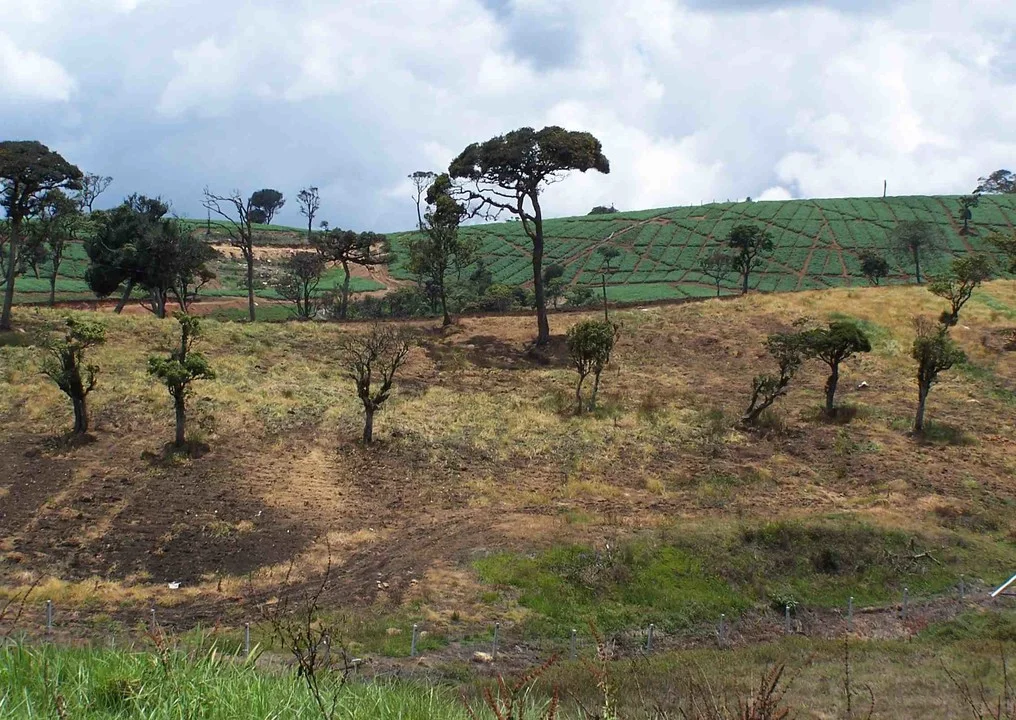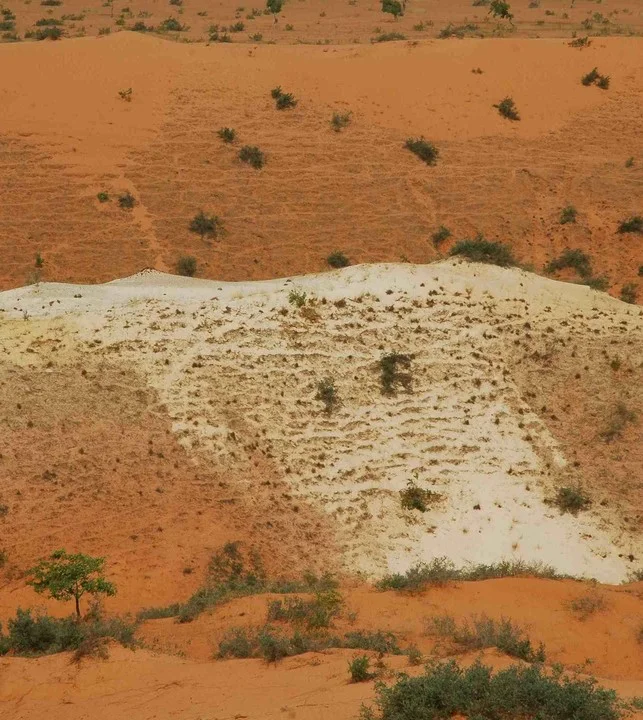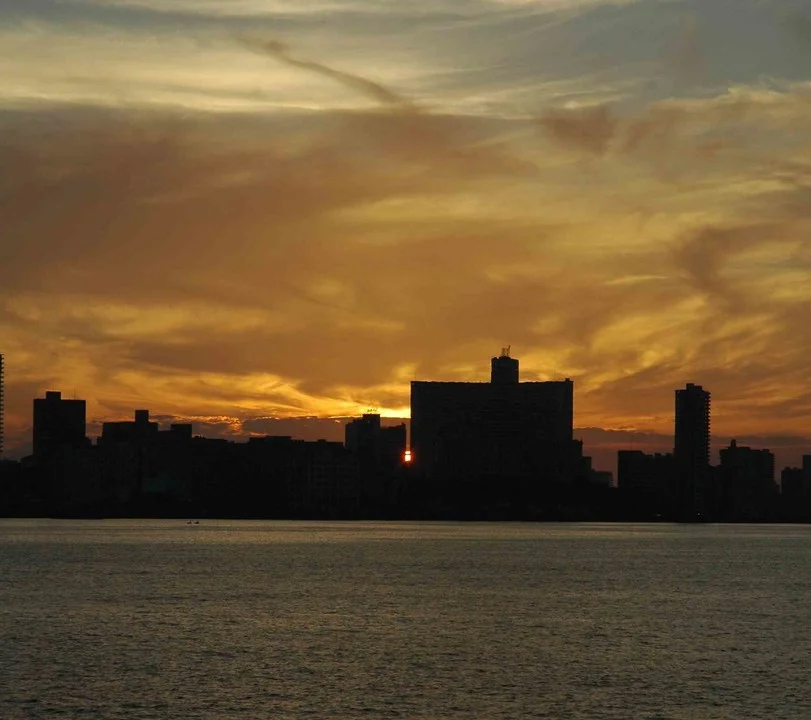It is a fact the global Oxygen concentration is falling. The two graphs, one from the US and the other from Australia demonstrate that the loss is global. The only process that can contribute to atmospheric Oxygen is photosynthesis by leaves of plants and the phytoplankton of the ocean. This loss is being accelerated by the use of fossil fuel to power human development.
The burning of fossil fuels to obtain energy produces Carbon Dioxide and Water vapour, seemingly innocuous, but the increase of both in the atmosphere is leading to global warming and climate extremes. Carbon Dioxide and water vapour are both contributors to keeping the atmosphere warm, but the injection of extra quantities of both through the burning of fossil fuels, increases the atmospheric concentration and weather extremes. Especially Water vapour because at saturation it condenses as water from the atmosphere, generating local heat, the driver of cyclonic intensity. None of this is paid for and acts as a subsidy.
This huge subsidy on fossil fuels is an actualization of the hypothesis that ‘what is unowned is unmarketed, what is unmarketed is under-priced, what is under-priced is mismanaged, overused and wasted’. It is this subsidy that has provided for the erosion of the water and air quality through the sale of cheap, under-priced, oil, gas and coal. The state of water quality and air quality today bearing testament to that subsidy. Our atmosphere, is the ‘Global Commons’ which sustains humanity it is being eroded and thus, the life of every living person is being affected.
The introduction of massive quantities of fossil based Carbon Dioxide and Water vapour into the atmosphere through the burning of fossil fuels, must represent the most gross violation of the global commons. As it is the condition of the atmosphere that provides security to life, should we not consider the value of sustaining these ‘Global Commons’ in the most benign state? Should it not be a fundamental human right? How could we protect it?
It is a fact that the sustainability of Oxygen production is being endangered by the fossil fuel driven economy. The expansion of fossil based industry and farming at the expense of vast regions of forests and seas, not only destabilizes the atmosphere by accelerating global warming and thereby affecting the performance of Chlorophyll, but also removes the very basis of life by burning the biologically created Oxygen without paying for its replacement.
The signs are all around. A recent study on the levels of Oxygen in the ocean found that the oceanic Oxygen levels decreased by 2 % over the last 50 years. On land, the font of Oxygen are the leaves of trees. Another study published in the journal Nature suggests that 15 billion trees are cut down each year and the global tree count has fallen by 46% since the beginning of human civilization. Considering that a tree produces 120 Kg of oxygen each year this represents a massive loss. But can we change the current relationship? Can we recognize the value of Primary Ecosystem Services (PES) provided by these trees and assign a value to it?
Primary Ecosystem Services (PES) refer to the actions generated by the act of Primary Productivity, the start of all life as we know it. Primary Productivity is The action of photosynthesis whereby the energy of the sun is stored in living tissue or biomass. This action is measured as Net Primary Productivity (NPP) or the net flux of carbon from the atmosphere into green plants per unit time. NPP refers to a rate process, i.e., the amount of vegetable matter produced (net primary production) per day, week, or year. The higher the NPP of an area the more Primary Ecosystem Services (PES) it will produce. As it is the leaves (Photosynthetic Biomass) of plants that deliver Services they are the most logical proxy for Primary Ecosystem Services (PES).
Primary Ecosystem Services (PES) are are produced by the action of photosynthesis in a leaf. These services are, Oxygen generation, Carbon Dioxide sequestration, Carbohydrate creation, groundwater cleansing and ambient cooling. Recent studies on this aspect of vegetation suggests a value of between USD 250-450 per acre per year for mature, diverse forest.
This suggests a way forward, recognizing the value of PES can provide a huge economic boom, it also creates an incentive for the public to participate in the essential work of environmental repair. There are other benefits in recognizing the value photosynthetic biomass as the proxy for PES. Photosynthetic biomass can retain value only as long as it is living. – A leaf on a tree, for instance, has value only as long as it is carrying out the activity of photosynthesis and producing PES, pluck that leaf and the activity ceases, as does the value. – The economy will, for the first time begin to put a value on life. Such an economy will increase photosynthetic biomass everywhere and render that area rich in environmental services as well in economic opportunities. It will change urban – rural relations into a more equitable and sustainable state and rapidly increase the biomass capital of the planet locking up Carbon Dioxide.
Recent research suggests that many trees have growth curves of Photosynthetic Biomass, which might provide a better investment opportunity than just ‘tree planting’. Trials conducted by RRI (www.rainforestrescueinternational.org) or by the IAFN (www.analogforestry.org) confirm this fact.
Investing in PES is one way that we can contribute to the ‘global commons’. Adding Oxygen, creating Carbohydrates, cleaning groundwater and providing ambient cooling can be recorded as a set of transactions that contribute to protecting ‘Life’.







